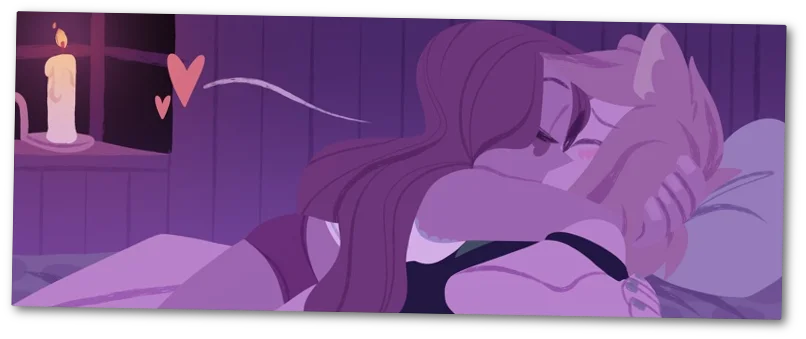As my month-long meditation on Voltron: Legendary Defenders slowly unspools, I’m reflecting on the kind of criticism that spurred me to write about it in the first place. It was all of a particular genre, a check-list and key-word driven style of critical engagement that I have long since had a beef with. I’ve taken to referring to it as TVtropes Critique.
Now, your obligatory you-shouldn’t-need-this-dear-god-what’s-wrong-with-you disclaimer, I’m not saying referencing TVtropes is an inherent evil, or that you can’t use TVtropes terminology to help your discussion of media. With that disclaimer out of the waaaay,

TVtropes as a place, as a community, encourages a bad model of media critique. For those of you unfamiliar with the website, TVtropes is basically a heavily-inclusive media studies wiki, deliberately keeping its barriers for entry low and trying to avoid gatekeeping. That’s the ideal and I’m not here to point out the ways it fails at that ideal. Let us just, for now, accept that TVtropes is the way it actually is trying to be. This wiki works by presenting a media work in summary, then a list of the tropes that the media work invokes – either by their inclusion or deliberate subversion, or perhaps how they’re included and subverted and then un-subverted. The natural form of a TVTropes page therefore is a checklist. There’s even been a push, in order to avoid editing wars and Fans Being Fans about things, to try and ensure things are as objective as possible: qualitative judgments and subjective measurements like ‘complete monster’ and ‘magnificent bastard’ have long since been shuffled away to places people can argue about them rather than the precious checklists.
In academia, checklist criticism is a thing you can do. We call it quantitative research, and it involves taking a large number of data points and putting them in context with one another. Quantitative studies are really good for finding trends in large groups! If you look at ten thousand comics and find in seven thousand of them, there are no black people, that’s a great task for this kind of tool. If you look at the work of one artist and find literally all the work they’ve done features a character who at one point mentions a cheese sandwich, that’s a similar thing that quantitative research can give you.
Quantitative research is good for measurable things. The presence or absence of things, not the necessary degree of those things. It’s also really hard to do and sometimes involves what we call bounds – if you were looking into ‘violence against women in 90s comics’ for example, your sample might have to consider a woman being slapped in the arm by her child as a data point, but not the same kind of data point as that same woman being shot. At the same time, if she’s being shot at it’s not the same thing as being shot and killed, and these things are all things that you have to take into account when you do that study. It’s hard, and it’s especially hard because you’re often doing this with very large samples of data.
What TVtropes criticism does is try to invite the reverse – where you can point to a trope in a work and say look, this work is bad because it has The Bad Trope. But no individual work is or forms a media landscape. And even though TVtropes holds to its maxim that tropes are not bad, they are absolutely treated as bad. There are tropes that are treated as swear words – things you can point to in a work as if to tattle on it to other people who know that There’s Badness About That Term, but not what that means.

And what that tends to mean is you get people who wield Trope Pages like clubs. This Thing Has This Problem, So It Is Bad, which is silly. That Problem doesn’t need to be considered in this context, because it’s The Problem, right?
What’s more, you’ll kind of notice people in this genre of criticism have a habit of only bringing these criticisms to bear on things they don’t like, and use this analysis model to ‘prove’ their personal tastes are correct. And when these skills are brought to bear in a modern, online space, where consumers and audiences are close to their producers, and those audiences are often outsized in their ability to react to their own internal voices, it’s the creators with the least infrastructural protection that are going to get impacted by this. Which is to say this problem is much worse in queer media spaces.
The past few years I’ve seen a number of queer creators being told they need to personally reverse anti-queerness in media. Complaints about a queer person telling their own story as being ‘not really queer’ because of an invoked trope or a checklist. Literal mobs harrassing queer creatives over their ‘problematic’ tropes. Now, even if the critical model was good, this is bad behaviour, but the critical model lends these attacks a veneer of respect, a patina of intellectualism. It isn’t that we’re telling a trans woman she’s garbage, it’s that we’re reacting to straight-washing of a gay comic because a boy and a girl kiss.
This sucks.
Don’t give in to this. And don’t try to make critical arguments about this kind of thing like this.